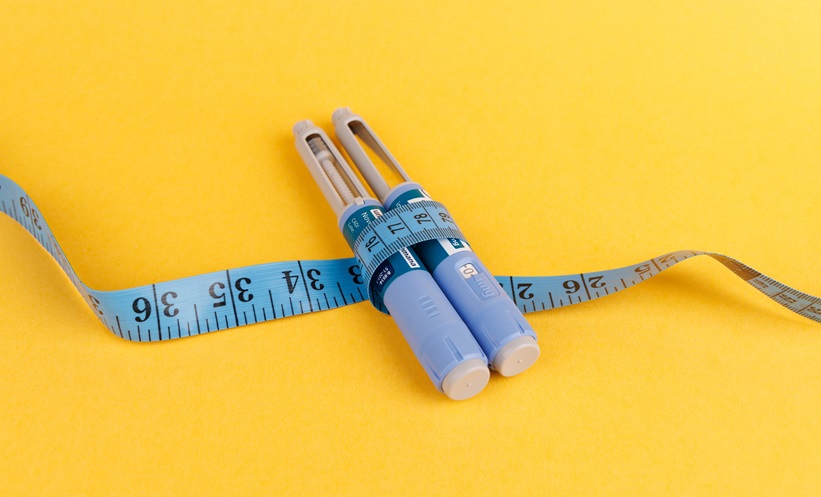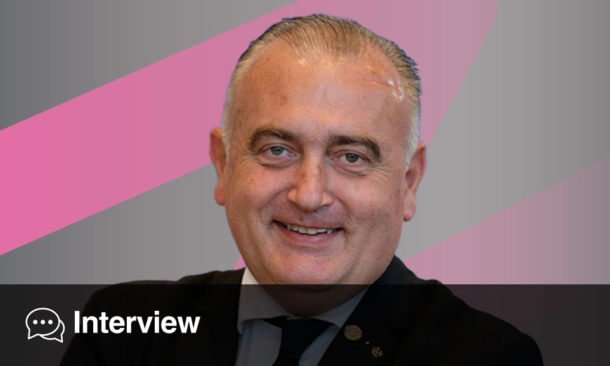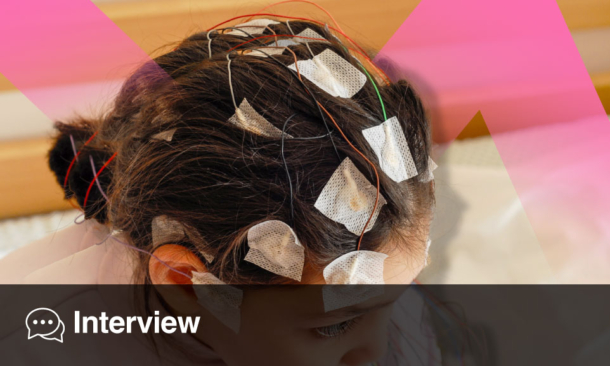Migraine is a common disabling primary headache disorder with two major types: with or without aura. Migraine without aura is a clinical syndrome characterised by headache with specific features and associated symptoms, while migraine with aura is primarily characterised by the transient focal neurological symptoms that usually precede, or sometimes accompany, headache.1,2 The International Classification of Headache Disorders 3rd Edition (beta version)1 defines prodrome or premonitory symptoms as non-headache symptoms occurring 2–48 hours before the onset of headache or aura. However, the diagnostic criteria for migraine with and without aura do not include prodromal symptoms.1,2
Premonitory symptoms include a heterogeneous range of cognitive, psychological, and physical changes, such as hyperactivity, hypoactivity, depression, food cravings, repetitive yawning, muscle pain or tenderness, irritability, confusion, extreme drowsiness, and impaired speech or memory.3 Additional autonomic symptoms, for example, horripilation (gooseflesh or piloerection), have also been reported.4 These symptoms may not be recognised by the patient as part of the attack and are probably the most neglected aspect of migraine. Prevalence rates of premonitory symptoms vary, ranging from 7–88%, likely reflecting the different methodologies used to identify these symptoms.5,6
The distinction between aura and premonitory symptoms is still a matter of debate. It is based on the timing at which these symptoms occur prior to the headache pain and on their clinical characteristics. Aura does not last >60 minutes, is always related to focal cortical activity, and cortical spreading depression might represent its underlying pathophysiological mechanism.1,2
On the contrary, premonitory symptoms are more likely to derive from different areas of the central nervous system. Specifically, recent neuroimaging studies have demonstrated early brain activation in the posterolateral hypothalamus, midbrain tegmental area, periaqueductal grey, dorsal pons, and various cortical areas during the premonitory stage of migraine, alluding to the early role of the hypothalamus and brainstem in mediating an attack.7,8
Using a semi-structured interview, we studied the prevalence of major premonitory symptoms and aura in a population of migraine patients in a tertiary neurology department of the University of Athens, Athens, Greece. Of the 206 migraine patients who participated in the study, 176 were women and the mean age was 48.5 years, with a range between 18 and 80 years. A total of 54 patients (26%) reported aura, including visual (72%), sensory (27%), monitory (9%), and language disturbances (15%); 56 patients (27%) reported various prodrome symptoms. The most frequently reported premonitory symptoms were yawning (36%), mood changes (39%), or both (11%). Of the 206 patients, 19 reported both prodrome symptoms and aura, most frequently yawning and language disturbances (26%). The presence of premonitory symptoms is therefore important for the diagnosis of migraine. In addition, accurate recording of these symptoms may predict the headache phase of migraine and provide an opportunity for early treatment to prevent disability of the patient during this phase.








